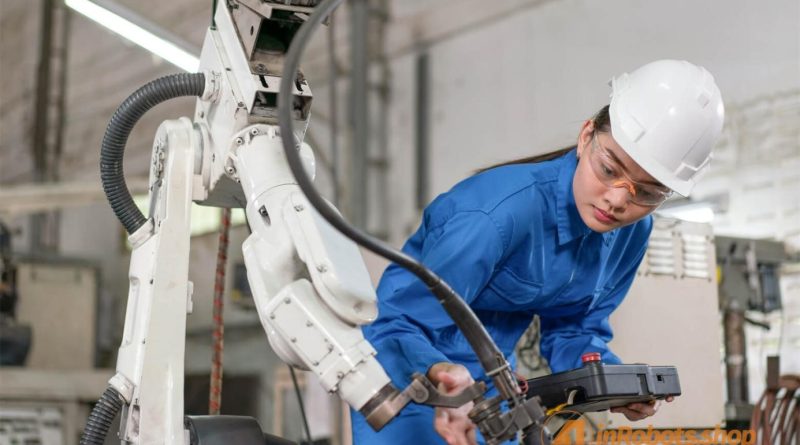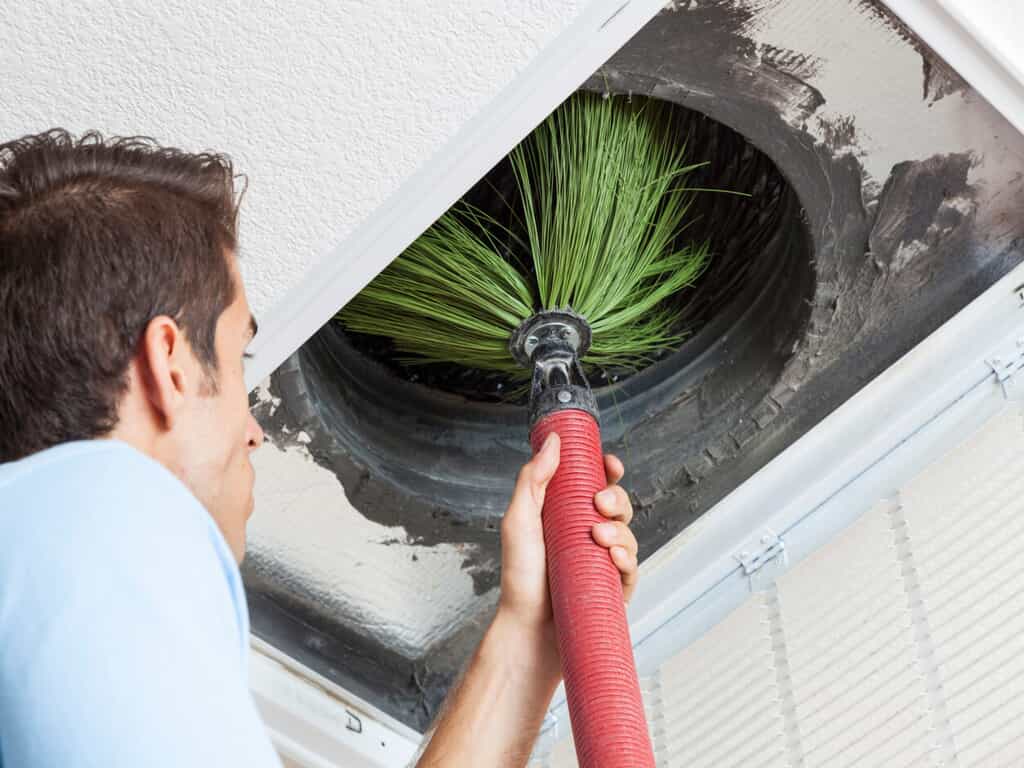Understanding Industrial Robot Troubleshooting: Common Issues and Solutions

I. Introduction
A. The Significance of Industrial Robots in Modern Manufacturing
Industrial robots have become the backbone of modern manufacturing. They efficiently and precisely perform a wide range of tasks, from assembly to welding, packaging, and even warehousing. Robots not only boost production speed but also reduce error rates, making them essential in the manufacturing industry. They can also operate in hazardous environments, ensuring the safety of human workers.
B. The Critical Role of Troubleshooting
However, even the most advanced robots are susceptible to malfunctions. Robot failures can lead to production line downtime, increased costs, and even affect product quality. Therefore, troubleshooting plays a crucial role in maintaining the continuity and efficiency of modern manufacturing. Timely and accurate troubleshooting minimizes downtime and maximizes production efficiency.
C. Purpose and Outline of This Article
The purpose of this article is to provide readers with detailed information on industrial robot troubleshooting. We will first discuss common types of industrial robot failures, including electrical failures, mechanical failures, and software/programming failures. Next, we will introduce troubleshooting steps, including fault diagnosis, safety measures, and specific troubleshooting methods. Then, we will explore how preventive measures can reduce the risk of robot failures. Finally, we will summarize the article, emphasizing the importance of troubleshooting and prevention.
II. Common Industrial Robot Failures
A. Electrical Failures
1. Circuit Breaks or Short Circuits: Electrical failures may result from circuit breaks or short circuits, disrupting the robot’s normal operation.
2. Motor Failures: Motor issues can prevent the robot from moving or performing tasks.
3. Sensor Problems: Sensor malfunctions can impact the robot’s perception of its environment.
B. Mechanical Failures
1. Gear, Belt, or Chain Damage: This can lead to unstable or inaccurate robot movements.
2. Wear and Tear on Joint Components: Robot joint components must be kept in good working condition, or they may lose accuracy.
3. Precision-Related Issues: Robot precision may be affected by environmental factors and time.
C. Software and Programming Failures
1. Code Errors: Errors in the robot’s control code may lead to incorrect actions.
2. Controller Issues: Controller malfunctions can affect the robot’s operation.
3. Communication Failures: Communication issues between different robot components may result in failed coordination.
III. Troubleshooting Procedures
A. Fault Diagnosis
1. Collecting Fault Information: The first task is to gather detailed information about the fault, including the time, location, and specific symptoms.
2. Reviewing Error Reports: Robots often generate error reports that can help identify the root cause of the problem.
3. Communication with Operators: Understanding the robot’s operational history and other relevant information may provide clues about the fault.
B. Safety Measures
1. Shutdown Protocols: When troubleshooting, ensure that the robot is in a safe mode and no longer performing tasks.
2. Power Isolation: For safety purposes, power isolation is necessary.
3. Preventing Hazardous Operations: Ensure that no personnel are within the robot’s operating range to prevent potential hazards.
C. Electrical Fault Resolution
1. Checking Cable Connections: Inspect all cable connections to ensure they are not disconnected or damaged.
2. Testing Motors: Test the motors to ensure they are operating correctly.
3. Diagnosing Sensors: Check the accuracy and reliability of sensors.
D. Mechanical Fault Resolution
1. Inspecting Mechanical Connectors: Examine gear, belt, chain, and other mechanical connectors to ensure they are undamaged.
2. Calibrating Robot Joints: Calibrate the robot’s joints to ensure they move as designed.
3. Checking Load and Balance: Examine the robot’s load and balance to ensure there is no overload or imbalance, which helps maintain accuracy.
E. Software and Programming Fault Resolution
1. Checking the Controller: Carefully inspect the controller’s condition to ensure there are no hardware faults.
2. Repairing or Updating Programs: If code errors are found, make repairs or updates to ensure correct execution.
3. Testing Communication: Check the communication between different robot components to ensure smooth data transfer.
IV. Preventive Measures
A. Regular Maintenance
Regular maintenance is crucial in reducing the risk of industrial robot failures. This includes:
– Regularly inspecting cables, motors, and sensors.
– Replacing worn mechanical connectors.
– Calibrating the robot’s joints.
– Updating software and programming to adapt to changes in the production environment.
B. Operator and Maintenance Personnel Training
Training for operators and maintenance personnel is essential to ensure they understand the robot’s proper operation and basic troubleshooting.
C. Using Quality Parts and Materials
Using high-quality components and materials helps reduce the risk of robot failures. Choose reliable suppliers and ensure that the components used meet manufacturing standards.
D. Quality Control Processes
Implement rigorous quality control processes to monitor and improve the robot’s performance continuously. Track performance data and take corrective measures to avoid future failures.
V. Conclusion
Industrial robots play an indispensable role in modern manufacturing, but they also require proper maintenance and troubleshooting. Timely troubleshooting can reduce downtime, improve production efficiency, lower costs, and ensure product quality. Preventive measures are key to avoiding future failures, including regular maintenance, employee training, material selection, and quality control.
inRobots.shop offers a one-stop service for industrial robots and automation components, ensuring the best performance and results for your robot maintenance. Contact us today for all the information you need about your robot maintenance parts!
Read Also : Understanding Industrial Robot Troubleshooting: Common Issues and Solutions




